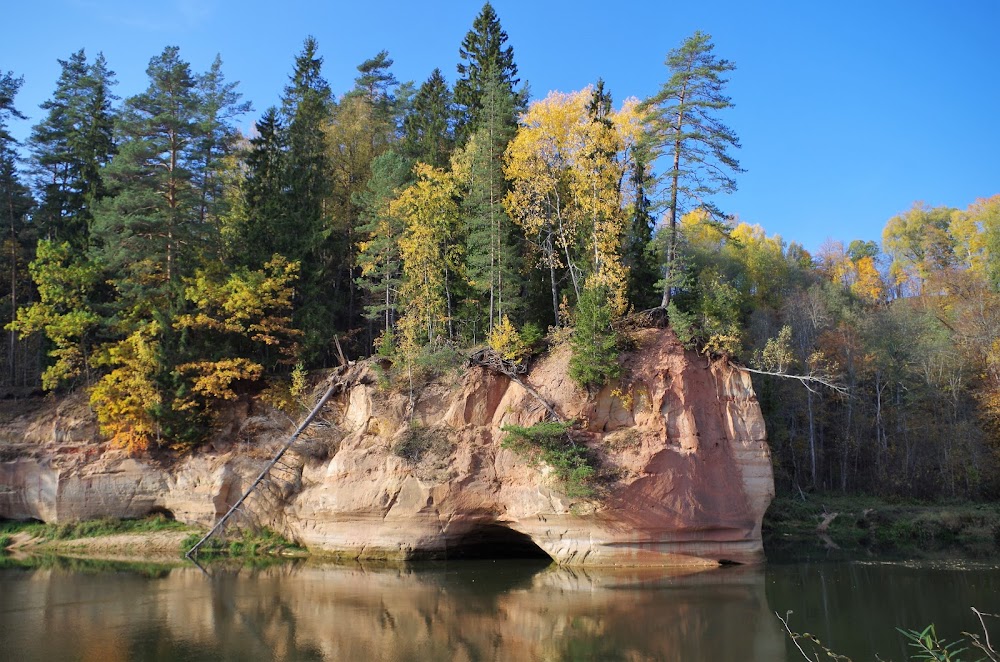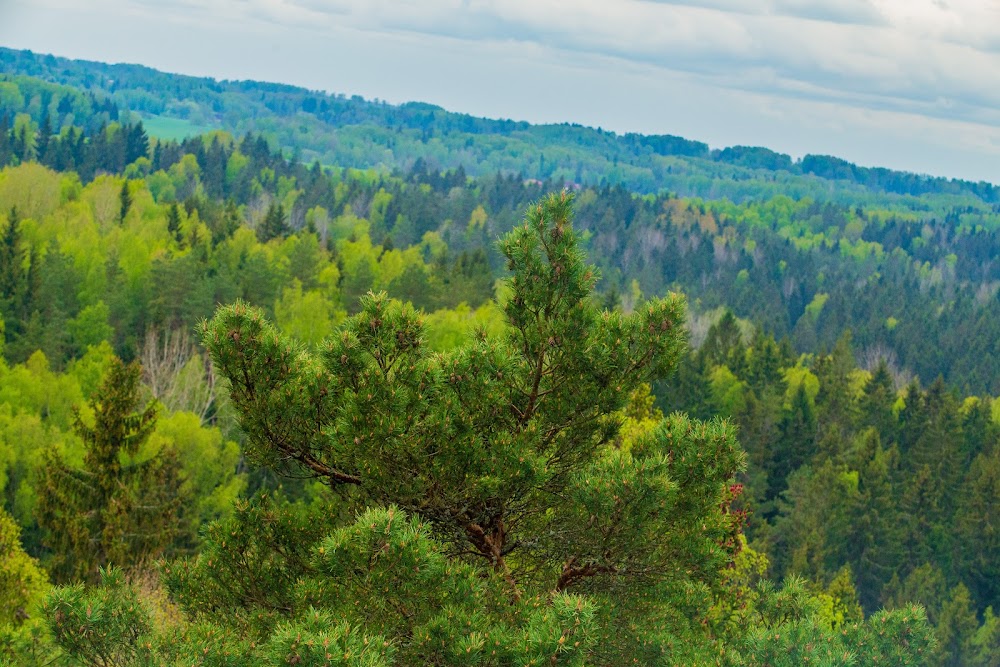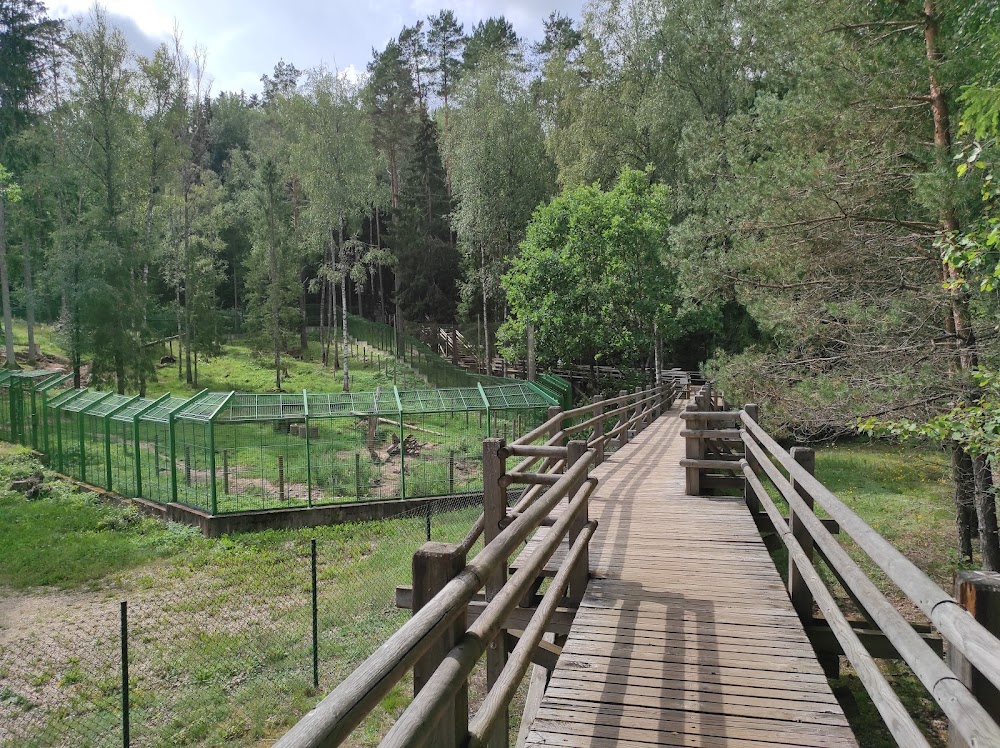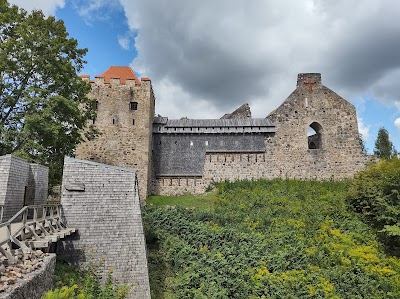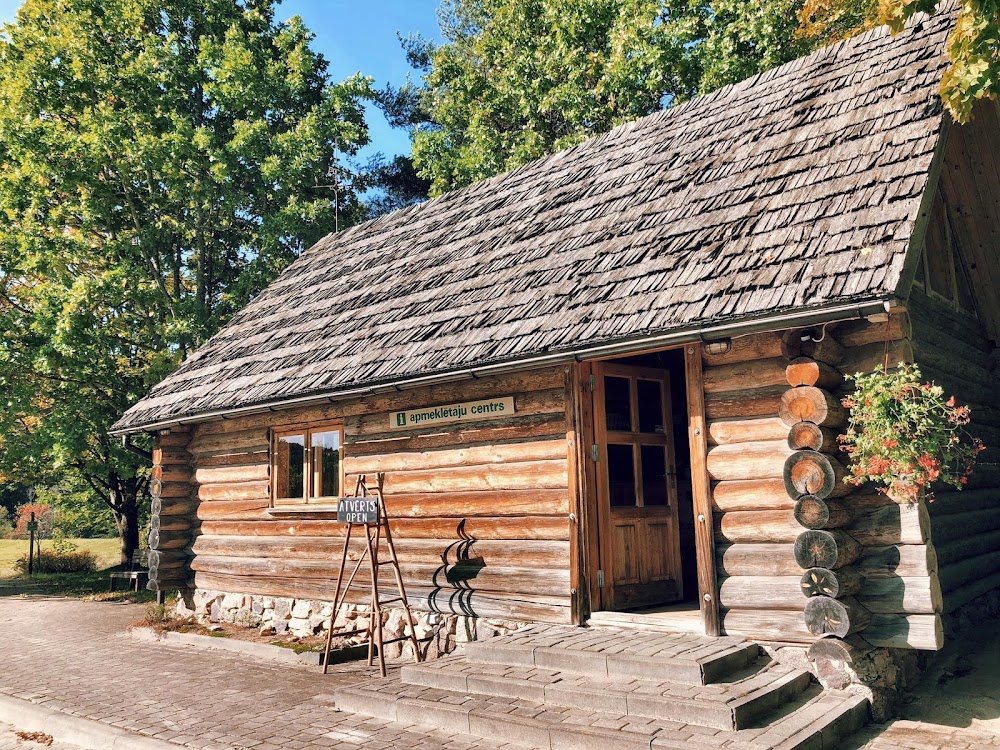Līgatne Nature Trails (Līgatnes dabas takas)
Overview
Līgatne Nature Trails is a stunning sanctuary nestled in the Pārgauja Municipality of Latvia. Established in the late 1970s as part of the picturesque Gauja National Park, this area is celebrated for its breathtaking landscapes and rich biodiversity. The primary objective behind the creation of Līgatne Nature Trails was to provide a safe haven for wildlife while offering visitors an engaging educational and recreational experience to foster a deeper appreciation for nature.
The initiative began with a dedicated team of biologists, conservationists, and nature enthusiasts who collaborated to design the trails' layout and infrastructure. They carefully selected a scenic area characterized by dense forests, tranquil riverbanks, and rolling hills, perfectly showcasing Latvia's diverse ecosystems. Spanning approximately 5 kilometers, the trails meander through habitats that are home to some of the country's most iconic wildlife species.
A highlight of the Līgatne Nature Trails is its thoughtfully designed enclosures that house animals native to Latvia. These enclosures are crafted to closely resemble the animals' natural habitats, allowing them to thrive while providing visitors with the opportunity to observe them in settings that reflect their wild environments. Here, you can spot majestic lynxes, formidable bears, elusive wolves, and impressive European bison roaming freely within their spacious enclosures.
The construction of the trails was executed with careful planning and a strong commitment to sustainability, minimizing environmental impact at every stage. Wooden pathways, bridges, and observation platforms were constructed using locally sourced materials. The design team took great care to protect the existing flora and fauna, meticulously plotting trail routes around significant plant species and wildlife habitats to preserve the area’s natural integrity.
Incorporating educational elements was a fundamental aspect of the Līgatne Nature Trails' design. Along the pathways, strategically placed information boards and signs provide visitors with fascinating facts about local flora and fauna, alongside insights into the critical importance of conservation efforts. These educational installations enrich the visitor experience, helping to illuminate the delicate balance of ecosystems and the necessity of protecting them for future generations.
Beyond serving as a wildlife sanctuary and an educational resource, Līgatne Nature Trails also functions as a vital space for scientific research. Biologists and researchers utilize the area to study endemic species and monitor environmental changes over time. This research plays a crucial role in shaping conservation strategies not only within the park but also throughout Latvia and beyond.
In summary, Līgatne Nature Trails is a remarkable testament to the significance of conservation and environmental education. It offers a sanctuary for native wildlife, a vibrant hub for scientific inquiry, and a peaceful retreat for nature enthusiasts. This unique destination exemplifies how thoughtful design and a strong commitment to sustainability can harmoniously unite people and nature, creating a space where both can thrive together.


